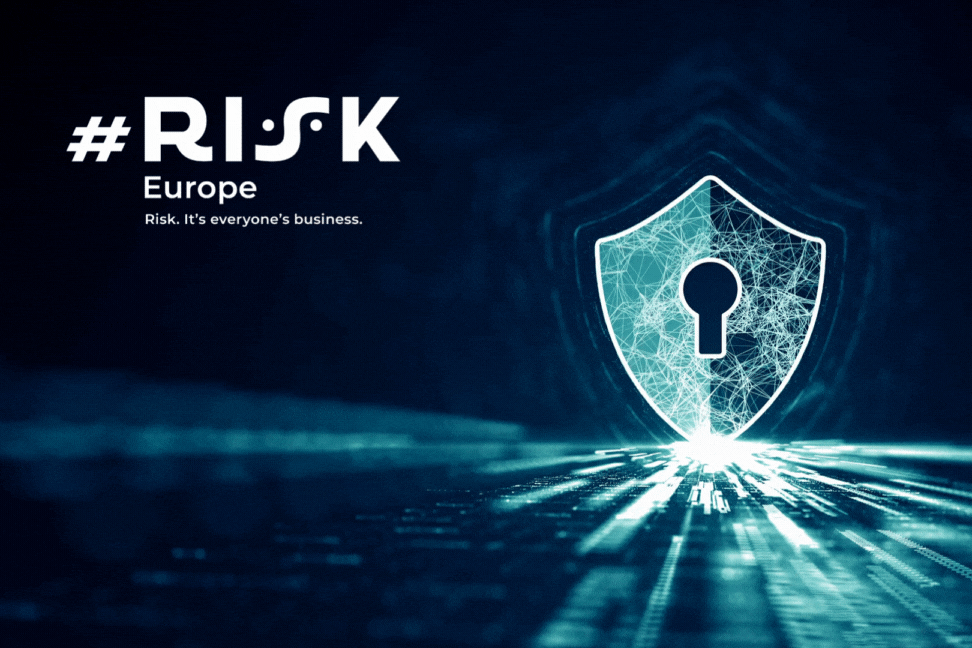Critical infrastructure organisations are under renewed pressure to shore up security after a scathing report into how a wave of cybersecurity challenges was dealt with through the past 12 months.

The study found that 80% of critical infrastructure organisations were hit by cyber-strikes over the course of 2021, with ransomware singled out as a primary culprit. Defence situations have not been helped by rising security budgets for most entities surveyed.
Based on an independent global poll of 1,100 IT and OT (operational technology) professionals who work in critical infrastructure sectors, Claroty’s “The Global State of Industrial Cybersecurity 2021: Resilience Amid Disruption,” explores the effect that significant cyber challenges are having on business resilience and priorities moving forward.
Of the respondents who experienced a ransomware attack, almost half (47%) reported an impact to their industrial control system (ICS) environment and over 60% paid the ransom, more than half of which cost $500,000 or more.
Additionally, the majority of respondents estimated a loss in revenue per hour of downtime to their operations equal to or greater than the payout.
Even among those who did pay the ransom, 28% still experienced substantial impact to operations for more than a week. These findings suggest that, despite the well-known downsides of paying the ransom, the alternative (revenue loss due to prolonged operational downtime) is too costly for most victim organisations to justify.
The report also found that the combination of the ever-accelerating digital transformation and limited availability of skilled cybersecurity workers has resulted in several high-profile attacks on critical infrastructure.
In response, many C-suite executives have become heavily involved in the decision-making and oversight of their organisation’s cybersecurity practices. In fact, more than 60% are centralising both OT and IT governance under the CISO. In addition, 62% are supportive of government regulators enforcing mandatory and timely reporting of cybersecurity incidents that affect IT and OT/ICS systems.
The research also found:
Digital transformation, remote work, and staffing shortages persist
Digital transformation continues to accelerate since the start of the pandemic, as 73% of organisations plan to continue remote/hybrid work in some capacity. Nearly 90% of respondents are looking to hire more OT security staff, but 54% say it is hard to find qualified candidates.
Gaps in processes and technology remain
While more than 65% rate their organisation’s vulnerability management strategy as moderately to highly proactive, ransomware attacks are still highly successful.
This could be due to the fact that nearly 30% are sharing passwords, 57% employ usernames and passwords, and only 44% use VPNs – all areas of opportunity to strengthen resilience in OT environments.
Investments and priorities aimed at building resilience
More than 80% of respondents report that both their IT and OT/ICS security budgets have increased since 2020. The number is close to 90% in industries including IT Hardware, Oil & Gas, and Electric Energy.
Implementing new technology solutions is the top cybersecurity priority, with the Oil & Gas and IT Hardware sectors leading the way, and training is second.
Yaniv Vardi, CEO of Claroty, said:
“Our research shows that critical infrastructure security is at a pivotal juncture, where threats are proliferating and evolving, but there’s also a growing collective interest and desire in protecting our most essential systems.
“Security leaders looking to take their programs to the next level must account for all cyber-physical systems in their risk governance practices, segmenting their IT and OT networks and assets, extending their general IT cybersecurity practices to their OT devices, and consistently monitoring for threats across all networks,” Vardi added









No comments yet